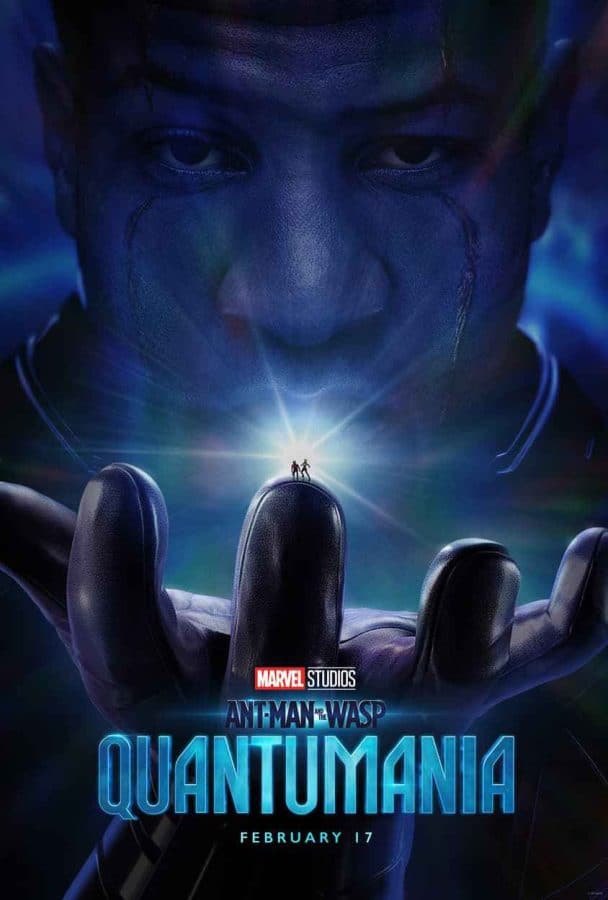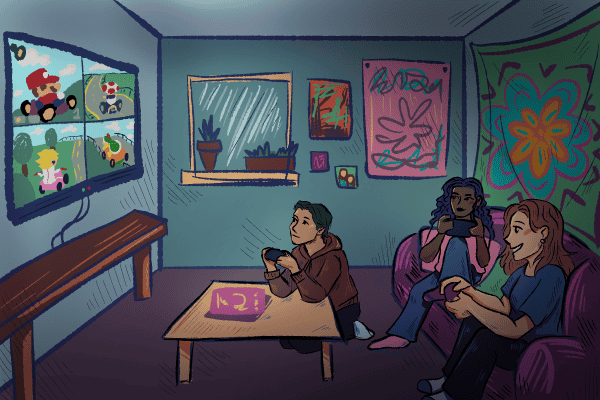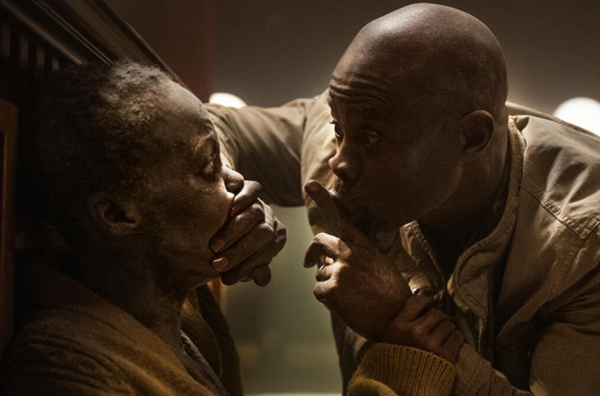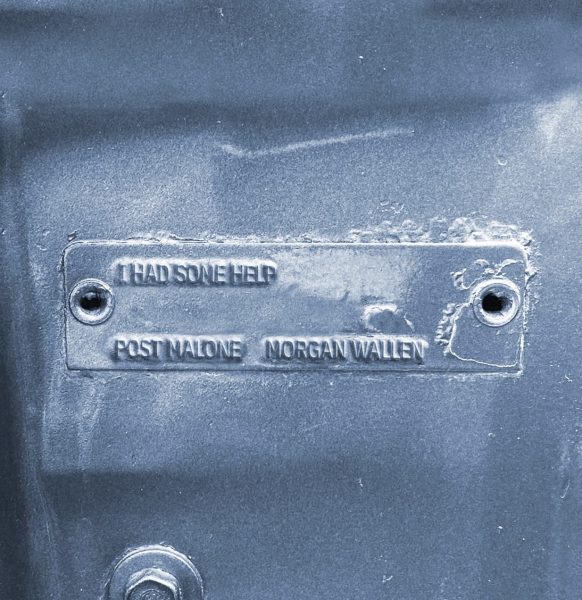Culture Pick: “Ant-Man and the Wasp: Quantumania”: Zany, universe-expanding and visually enchanting
February 19, 2023
“Phase Five” of the Marvel Cinematic Universe has officially begun with “Ant-Man and the Wasp: Quantumania,” which promises to push the universal narrative toward the next “big bad.” The new movie has unfortunately opened to critical apprehension, receiving a 48% on Rotten Tomatoes and 48 on Metacritic, the score of the former being the lowest since 2021’s “Eternals,” the second lowest score in the entire Marvel catalog. From the outset, it seems the streak of underwhelming Marvel outputs has been extended.
The film takes essentially no time to get going, with nothing but a quick, five-minute dialogue — revealed to be the closing excerpt of Scott Lang’s autobiography, “Look Out for the Little Guy” — to establish where everyone is in the universe. Lang, played by Paul Rudd and otherwise known as Ant-Man, has taken a load off since the events of “Avengers: Endgame,” enjoying his newly acquired celebrity status. He is settling into a tranquil life with partner Hope Van Dyne played by Evangeline Lilly, daughter and opposer of her father’s idle lifestyle Cassie played by Kathryn Newton and Hope’s parents Hank and Janet, or Michael Douglas and Michelle Pfeiffer, respectively.
Cassie’s aversion to settling and her desire to make progress have led her, with the backing of Hope and Hank, to create a device that can map the Quantum Realm, the mysterious subatomic world which has both helped save the world and has been a source of strife for the Van Dyne family, as it held Janet captive for 30 years. When Janet finds out about this map, she is immediately alarmed; before she can explain, however, the machine begins malfunctioning, and the family is sucked down into the subatomic world.
From there, it truly is a state of mania. The main characters, all of whom except Janet, are almost completely unfamiliar with the oddities and intricacies of the Quantum Realm, observe the weirdness with incredulity, and the audience does vicariously through them.
It isn’t long before conflict arises. In each of the separate character plotlines across different areas of the Realm, there is a pervading awareness of Kang, a “conqueror” so widely feared that he is simply referred to as “him” for the entire first half of the movie.
When the protagonists finally encounter Kang, their aim of simply getting home reaches a broader, more consequential scale; they must now reckon with the ghosts of Janet’s past and work together to save the Quantum Realm from its oppression under the imperialistic regime of Kang.
The first thing that must be said about the movie’s quality is that it is a stunning visual experience. Seeing it on a screen as big as possible is a must; Marvel’s high-budget CGI seamlessly complements the Quantum Realm’s landscape, which is wide, vast and viewed through lenses oriented in every which way.
Aside from its visual beauty, “Quantumania” also beholds a genuinely enthralling story. The globetrotting dynamic of the heroes’ exploration of the Quantum Realm is not only fun, but it provides an amped-up context through which to observe all the idiosyncrasies.
The themes of imperial abuse seen in Kang’s rampant conquering, and of the sacrifice of one’s integrity for the sake of their family seen in both Janet’s and Ant-Man’s direct conflicts with the antagonist are thought-provoking and enrich the overall narrative.
Where the film falls short is in its attachment to the mainstream Hollywood “happy ending” formula. Kang is very clearly going to be the next “big bad” of the universe, and “Quantumania” had the opportunity to set him up in a much more intimidating and consequential way, specifically by ending in an “Avengers: Infinity War”-like manner.
Instead, it gives a strong villain a comparatively weak ending and relegates his long-term presence to a tease of a mid-credits scene. It also has the same problems seen in every modern Marvel movie: abundance of exposition, redundant dialogue and reliance on comedy. The most disappointing part about such flaws is not that they are present in this specific movie, but that they seem to be requisite of anything Marvel releases.
Fortunately, the struggles of “Quantumania” with giving its villain the weight he warrants aren’t enough to render it unenjoyable. As an overall product, it is a step in the right direction for the universe; it pushes everything forward and plants the seeds of future crossovers, invoking feelings of vintage MCU. It isn’t a fantastic movie, but it’s better than anything released last year, and it signals more high-stake stories yet to come. After a stretch of mediocrity, Marvel fans now have reason for hope.
“Ant-Man and the Wasp: Quantumania” was released on Feb. 17 and is currently only in theaters. The release for the movie on Disney+ has not yet been announced.











